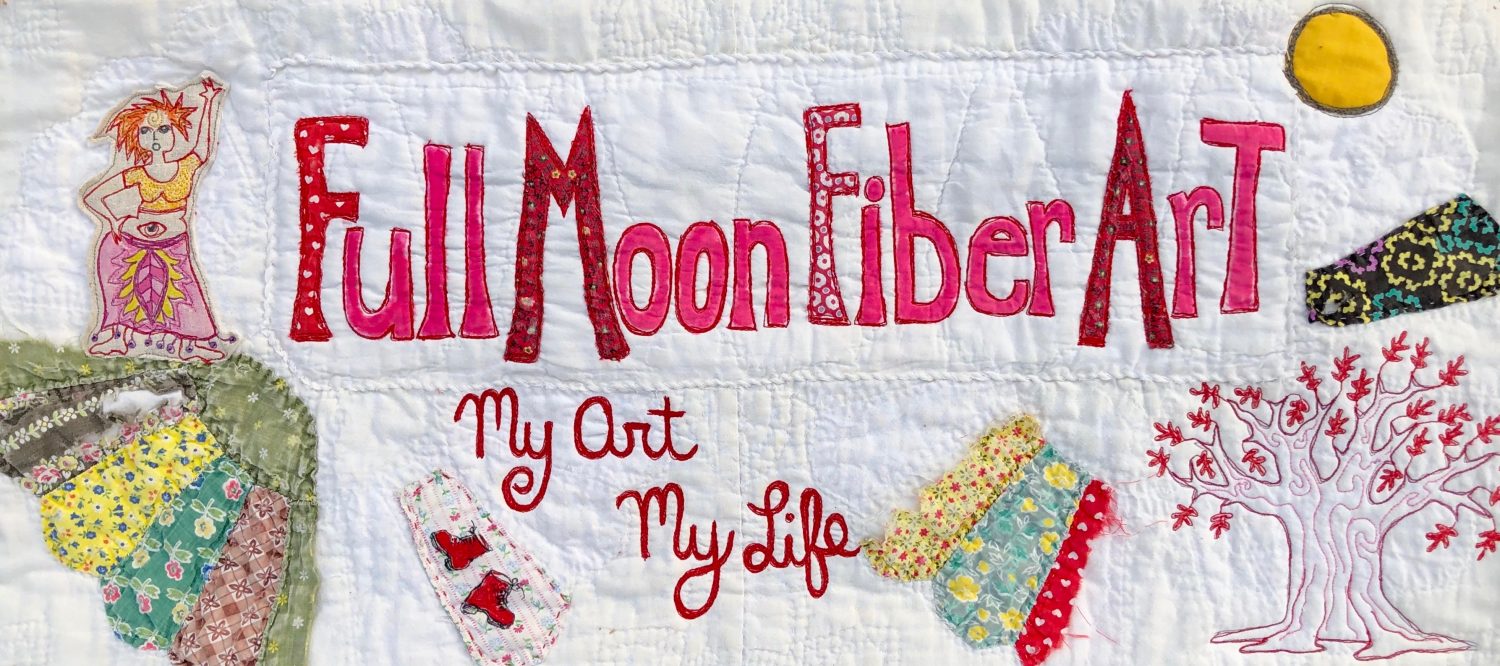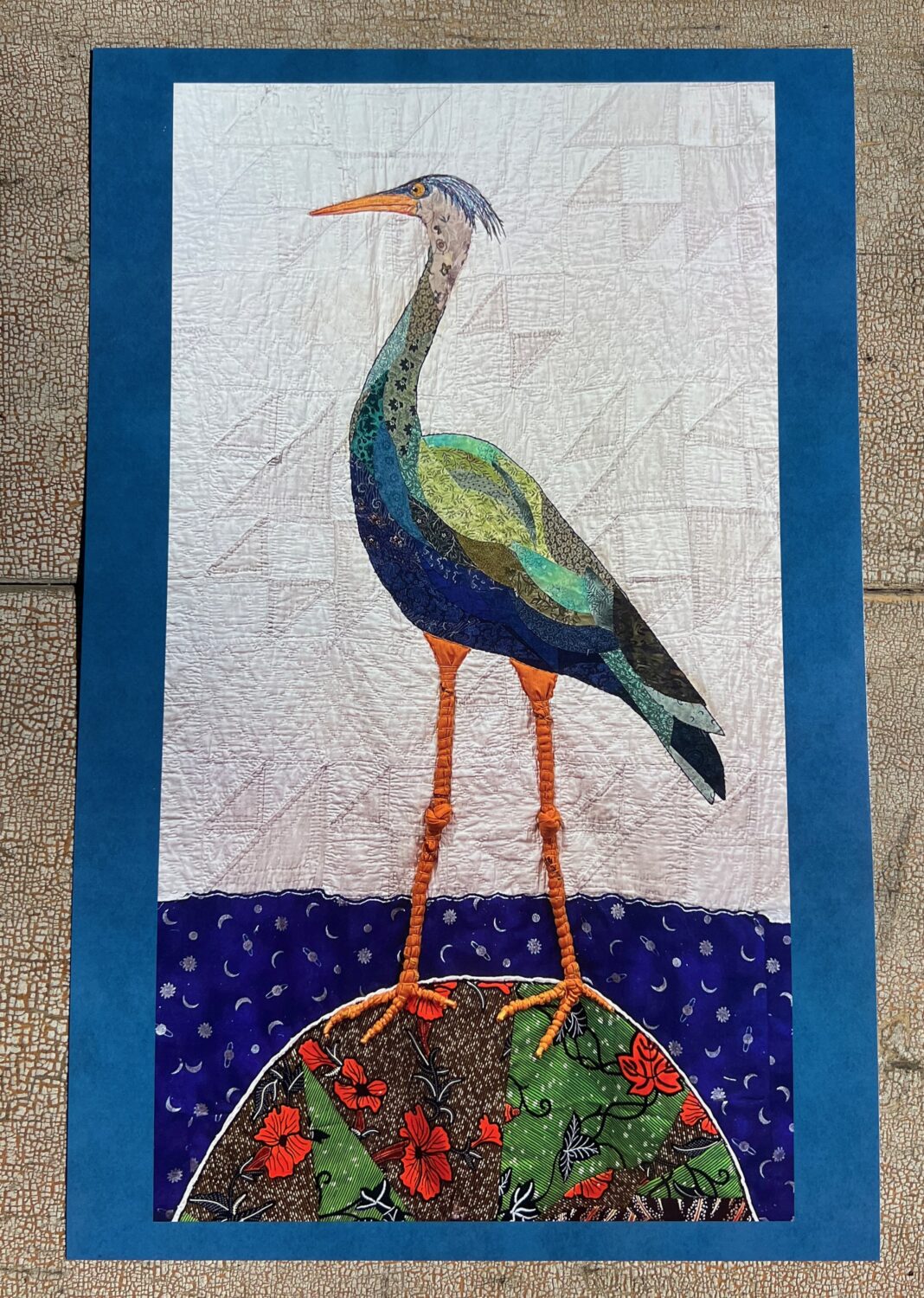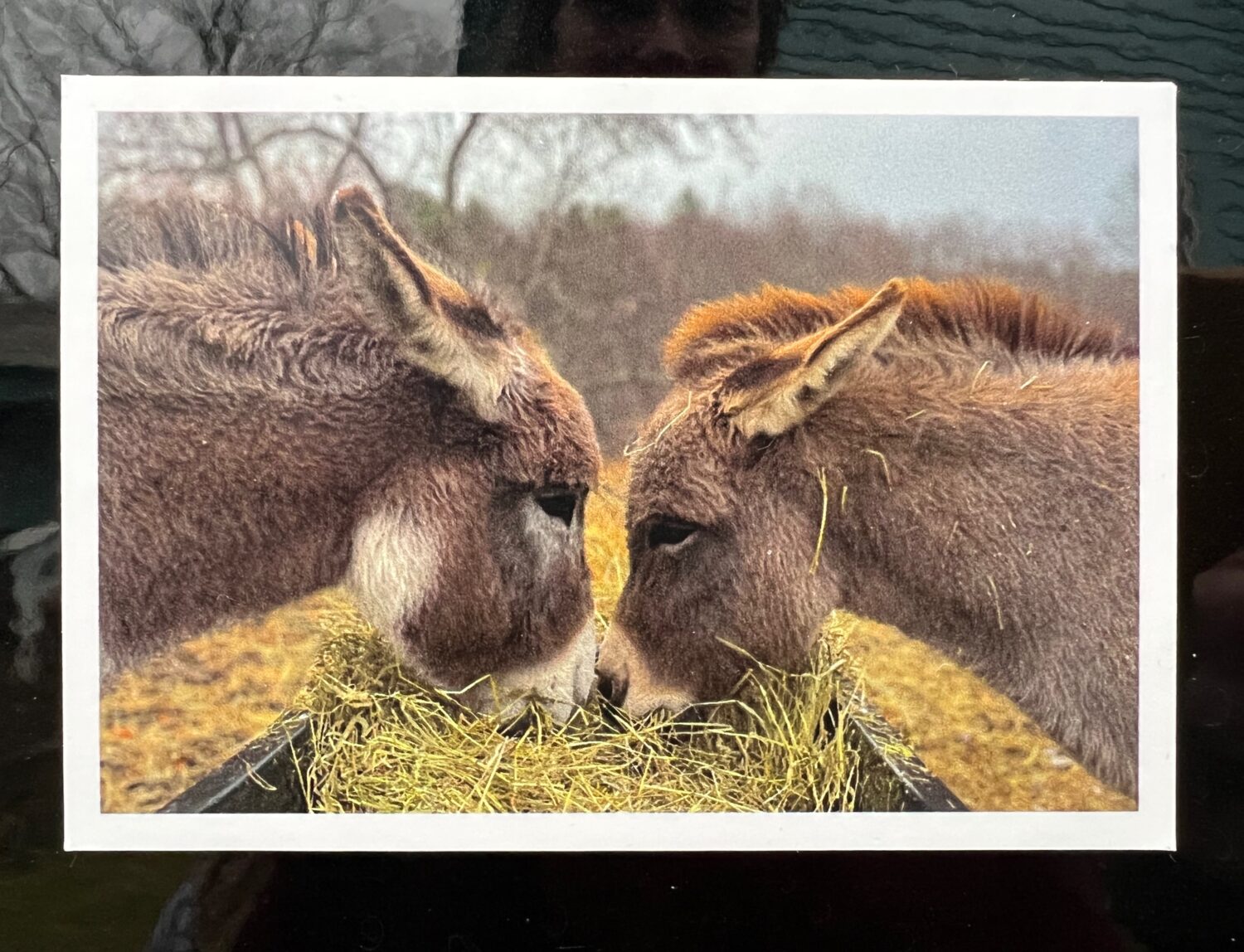
James smiled when I told him I was an artist. He drove the taxi that was taking me to the Nagda and Elking Ji Temples. It was hard for me to explain exactly what I do. But he got that I work with fabric.
Later I asked him if he liked driving and he told me that he was going to school nights to learn miniature painting.
In two years he wouldn’t have to drive anymore, which he didn’t like doing, and he could earn a living painting. He lit up when he talked about it.
And this is where James took me on the detour back to my hotel.
We drove through a small village around a large lake and came to a blue and white building with a sign out front with the name of the school on it.
I was ready for such a detour. Kiera, one of the women I was traveling with, told me how her taxi driver took her to his brother’s shop on the way back to the hotel. It’s just the way it is.
So I walked up the white cement steps and through the open door into a small room with some paintings on one wall and four desks lining the other. There were three men sitting on cushions on the floor painting. The man closest to the door, the teacher, asked me to sit on the low bench in front of him and he showed me how he creates the miniature paintings.
The brush is small enough, but at it’s point is a single hair, and that is all that is used to make the tiny marks that become buildings and people and animals and landscapes.
The teacher took out a tin with different colored rocks in them. He ground a little of each on a stone, added some water and made the pigments.
The primary colors plus graphite for black and a clear stone for white. With these four pigments they make the 140 different colors that are used in the paintings.
Then he brought out the gold leaf. This was ground with another substance (I don’t remember the name of it) and made into paint. Mostly used to make the feathers of peacocks.
Before my eyes, the teacher turned a half-inch blob of blue into a tiny person with folds in his robe and features on their face.
He demonstrated how he made straight lines by laying his finger along the edge of a ruler and dragging the brush held in two other fingers.
These are traditional painting of traditional scenes. There’s meaning in every animal, the landscape and the figures.
Students are given one or two animals or natural formations to paint again and again, practicing till they are experts. James was learning to paint elephants. One painting was often completed by many different students.
Eventually they learn to paint it all.
The school was dedicated to keeping this traditional art alive. Most young people aren’t interested in learning to paint the teacher told me. Young men from the cities want to be lawyers or go into technology he said. But the boys from the small villages don’t have as many options and are happy to learn the art.
It used to be that the painting was passed down from generation to generation. Now it’s kept alive by offering men, who might otherwise not be able to find work, a trade.
I wasn’t surprised, when the demonstration was over to be led through a closed door off the studio into a gallery filled with paintings.
The teacher went right to a cabinet and pulled out a long painting of a horse, and elephant and a camel. He explained the symbolism and I understood that this was one of their stock paintings, made by the students.
The money it brought in would go to supplying the students with paint and brushes and the silk they paint on.
He also showed me a gold leaf peacock and a wedding scene that he painted himself.
I knew I was going to buy one, and really loved the first one he showed me with the animals (no surprise), as long as it wasn’t too expensive.
And like most things in India, it wasn’t. It cost $17. And I was happy to support the school and to have the painting.
The teacher rolled the painting up in a tiny tube and I met James outside, where he was talking to a friend.
By this time I was really ready to go home. I had my fill of art for the day. I couldn’t take much more in.
But James, understanding my appreciation for fabric, pulled up in front of a two-story glass fronted building in the new part of the city of Udiapur. He said I could go in and look at fabric. I told him I didn’t have any more money to spend, but he said I could just look.
So I walked into building not knowing what to expect. There were four or five well dressed men sitting in the lobby. Two of the stood and ushered me into a huge, room with a tall ceiling. The walls were lined with bolts of fabric. They asked my sit down, and offered to bring me tea.
But this was something I couldn’t imagine doing. I knew what would happen. I would sit sipping tea while they unrolled bolt after bolt of fabric trying to sell it to me. I wasn’t up for it.
So I thanked them, said I didn’t have the time and walked out.
James wasn’t at the car, but someone pointed across the street and I saw him sitting in one of the tea booths, talking to the man behind the counter. I waited for a break in the traffic, walked past a couple of cows and told James I was ready to go home. I just couldn’t look at another thing.
It was a little uncomfortable on the ride home. I imagine James would get some compensation for bringing me to the fabric store and since I didn’t stay he wouldn’t . But I would rather have been a little uncomfortable than sitting in that store looking at fabrics.
I tried to make conversation with James and promised to tell my friends about the school and the paintings.
Now that I’m home I’m glad I have the painting and had the opportunty to see how they’re done. It’s not something I’ll soon forget.
And I even remember some of the symbolism. The horse is a symbol of power, the elephant is luck and the camel, family.
















That is so amazing. So much patience and work. And so beautiful. You were smart to realize what was happening with the fabric store. Don’t think I would have caught on. Good for you.
Wow, this was fascinating to read! Welcome home, Maria. I truly enjoyed your posts and videos while you were in India. And I’m glad you are home now with Jon and the animals. Can’t wait to see how this trip and all you learned comes out in your artwork.
Do you know when the Goddess posters will be ready for sale?
~ Barbara
Thanks Barb. I should have the posters for sale by next week. Thanks for asking.
Welcome home Maria. Sounds as if you had a profound
life altering journey to India. I’m in awe of
what you went to India to accomplish. Thank
you for sharing your many gifts with the women
and girls of Kolkata.
I too am interested in acquiring one of your
Goddess posters.
Warm regards,
Victoria
PS – would you kindly let Jon know that my
dog, Pennylane (she was a chapter in The New
Work of Dogs) passed away in late January and
that his book, Going Home, provided me with comfort
during the last few months of her life. Thank you.